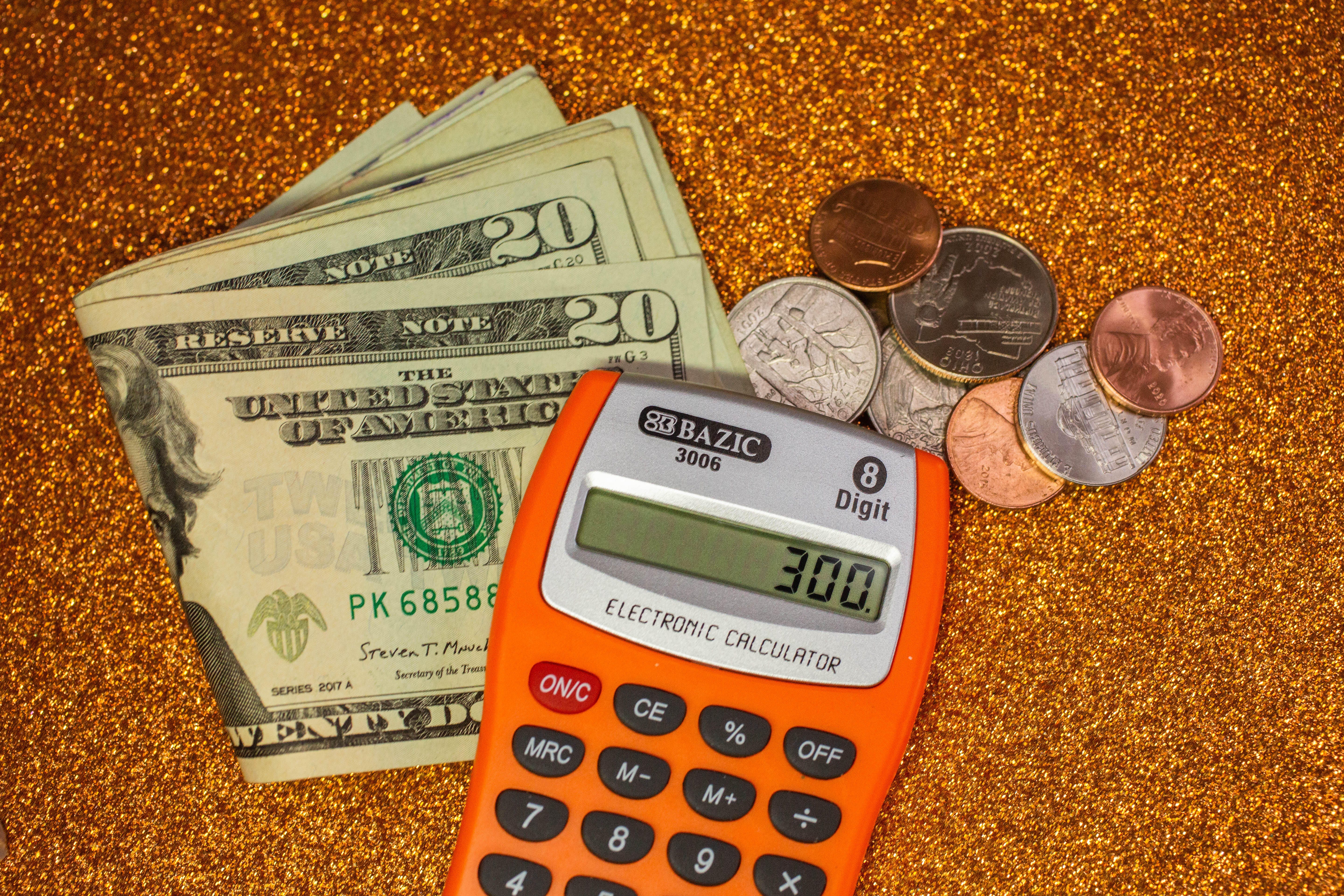
Some incorrect payments could be due to outdated IRS information.
Sarah Tew/CNETTwo child tax credit payments have now gone out, but some eligible families didn't get the right amount, while others haven't received any money yet. Also, according to the IRS, some families that got their July payment via direct deposit will be receiving their second check by USPS, which means it could be delayed up to four weeks. Another issue is parents' outdated banking information or income details, since the IRS bases this year's credit on older tax returns.
It could also be the case that the IRS doesn't know your family is eligible. Last month, several families with an immigrant spouse reported not getting their payment due to an IRS glitch. These "mixed-status" families should have received that owed money with their August payment. Some families who missed their July payment will have their total credit adjusted this month, resulting in a higher amount for each check through the end of the year.
If any of these problems apply to your family, we can show you how to fix them using the IRS Update Portal before the Sept. 15 payment goes out. We'll also explain how to verify eligibility and unenroll from the monthly checks if you're worried about owing money to the IRS next year. And heads up: To use the Update Portal you may need to create an ID.me account. Keep reading if you think you need to file a trace for a missing child tax credit payment. We've recently updated this story.
Why is my August check coming by mail rather than direct deposit?
The Department of the Treasury and the IRS issued a statement that due to a technical issue, a percentage of households who received their July 15 payment by direct deposit will get their Aug. 13 payment via paper check in the mail. While this could affect as many as 4 million families this month, it's expected to be a one-time issue that will be resolved by the time of the Sept. 15 payment.
The easiest way to see how you'll be receiving your August money is to log on to the IRS Update Portal to view your payment history. If it says your payment is coming by mail, give it several business days (or more) to arrive. If you have direct deposit set up, make sure all the information is accurate. If you haven't set up your banking details yet using the online portal, you should expect all further payments to come as paper checks too.
If your payment history in the portal says that the money was sent by direct deposit, check your bank account again in the next few days to make sure it's cleared. According to the White House website, transactions will show the company name "IRS TREAS 310" with a description of "CHILDCTC" and an amount for up to $300 per kid (unless there's been an adjustment due to a missing July payment). Don't get this deposit confused with those for stimulus checks, which show up as "TAXEIP3" when deposited. Also, if you're waiting on a tax refund, it'll show up as "TAX REF."
Reasons you didn't get a child tax credit payment
| The problem | What to do |
|---|---|
| You didn't file a 2019 or 2020 tax return. | Use the IRS nonfiler portal. |
| Your payment is coming in the mail. | Give it time to arrive, as it could take several days. |
| You can't find any reason why you didn't get a payment. | It may be time to file a payment trace with the IRS. |
Why haven't I received any money if my family is eligible?
Last month, several families using an Individual Taxpayer Identification Number in mixed-status households -- with one parent being an immigrant and where any eligible child has a Social Security number -- didn't receive their first monthly payment due to an IRS mishap. According to the tax agency, those families do qualify and should be receiving a portion of that July money together with their August payment, and any additional money owed could come later in the month.
There are a few other possible reasons why you might not have received a July or August payment:
- Your family never filed a 2019 or 2020 tax return, so the IRS doesn't know that you qualify. If that's the case, use the nonfiler sign-up tool online to register for payments.
- You lived in the US less than half the year in 2019 or 2020, and the IRS doesn't think you qualify, even if you now have a primary residence in the US.
- Your new baby or adopted dependent became part of your household after you filed your 2020 tax return, and you haven't been able to update those details in the IRS portal yet.
- Your household's circumstances in 2020 disqualified you, even though your situation has now changed in 2021. This could be the case if your income was previously too high or if there was a shift in a custody arrangement.
- You already unenrolled from this year's advance monthly payments using the IRS Update Portal. If that's the case, your family will receive the credit when you file your taxes in 2022. If you decide to re-enroll in the monthly payment program, you'll be able to do so sometime in September.
If you've verified your eligibility and your account says that your payments were issued but they're still missing, you may need to file a payment trace with the IRS. To do that, you'll need to complete Form 3911 (PDF) and mail or fax it to the IRS. Only do this if it's been at least five days since the scheduled deposit date, or four weeks since the payment was mailed by check. We explain how to file a trace here.
Why did I get a different amount than I estimated?
There are a couple of reasons why families are reporting inaccurate payment amounts. First you'll want to quickly verify your eligibility through the Eligibility Assistant. Then we suggest using CNET's child tax credit calculator to see how much you should be receiving based on your income and the ages of your dependents.
The primary reason why parents are getting inaccurate payment amounts seems to be because their adjusted gross income or number (or ages) of children has changed between tax seasons, and the IRS hasn't yet adjusted for the difference. Parents of children younger than six can receive up to $300 per month or $250 for children aged from six to 17, but those amounts phase out for higher earners. So, if your income was significantly higher or you didn't claim a dependent on your 2020 tax return, you might get less of the credit than you should this year based on the prior figures.
If your family didn't get a July payment but your first monthly advance check did come in August, your total advance credit will be divided over five months instead of six months. That will result in larger advance monthly payments: up to $360 per month for each child under age 6 and up to $300 per month for each child ages 6 through 17, according to the IRS.
One thing to keep in mind is a potential overpayment if your income went up this year (meaning the IRS is sending you too much money based on outdated info) or if your child is aging out of a payment bracket this year (meaning the IRS is determining amounts for a 5-year-old instead of your 6-year-old). The age brackets for dependents apply to how old your child will be at the end of this calendar year.
In the next month or so, the IRS says you should be able to sign in to the Update Portal to make these kinds of adjustments.
What if I got a check, but the IRS portal shows I don't qualify?
With the IRS sending out millions of child tax credit payments, along with keeping up with income tax refunds and unemployment tax refunds, it's certainly possible the agency could have made a mistake. For instance, some people who weren't qualified for the stimulus checks still received payments.
If you're absolutely positive you're not eligible for the enhanced child tax credit payments but you got a payment, you'll need to return that money to the IRS. Start by using the Update Portal to unenroll from future payments -- the next deadline to opt out of the monthly payments is Aug. 30. This will help prevent you from having to pay back more money when you file taxes in 2022.
Will I eventually have to pay child tax credit money back?
If you're eligible for the full amount of child tax credit money, you won't have to pay it back. Child tax credit payments do not count as income. However, if you no longer qualify for the full amount because of a change in your income or number of dependents but you receive the full amount anyway, you may need to pay back that extra money.
The IRS is using what it calls "repayment protection" so if you do receive an overpayment but fall below a set income level, you don't have to pay the money back. Above that income level, you will have to pay back some or all of the extra money. Here's more on taxes and how the payment protection works.

The next child tax credit check will be disbursed on Sept. 15.
Sarah Tew/CNETWill the enhanced child tax credit ever become permanent?
As of right now, the increased payments are temporary, just for this tax 2021 year. That means after you get your final payment with your tax refund in 2022, the child tax credit will revert back to its original amount from previous years, which was lower. However, it's possible Washington could extend the payments in 2025 -- or make the changes permanent. While no decision has been made yet, we'll keep you posted on the outcome.
For more information, here's how to opt out of future child tax credit payments. Also, here's how to track down your child tax credit payment if you didn't receive it. Not sure you got the right amount? Use CNET's child tax credit calculator to see how much you should get.
"payment" - Google News
August 24, 2021 at 09:00AM
https://ift.tt/3AXGUk2
Child tax credit issues? What to do about delays, missing payments and wrong amounts - CNET
"payment" - Google News
https://ift.tt/3bV4HFe
https://ift.tt/2VYfp89
Bagikan Berita Ini















0 Response to "Child tax credit issues? What to do about delays, missing payments and wrong amounts - CNET"
Post a Comment